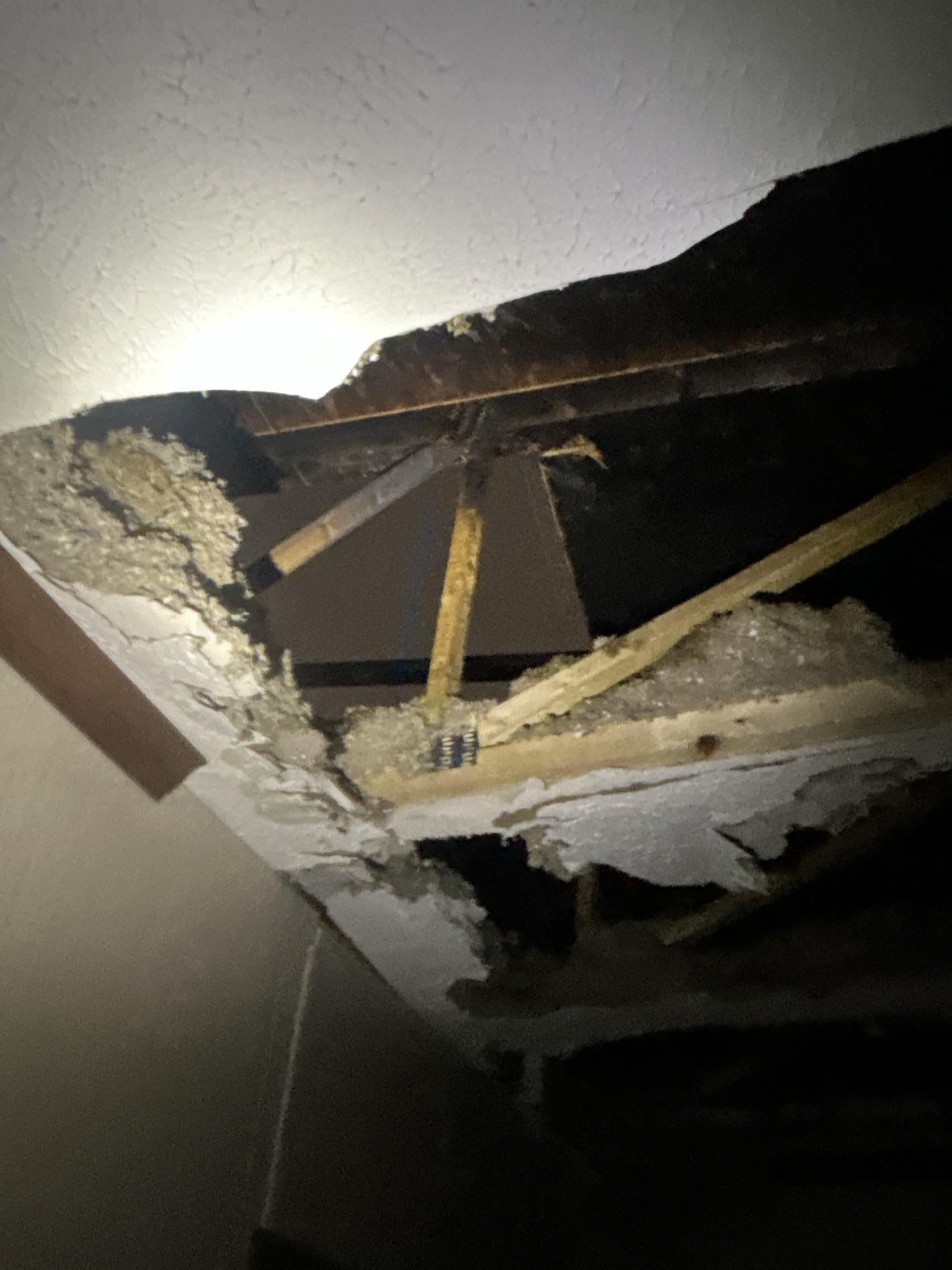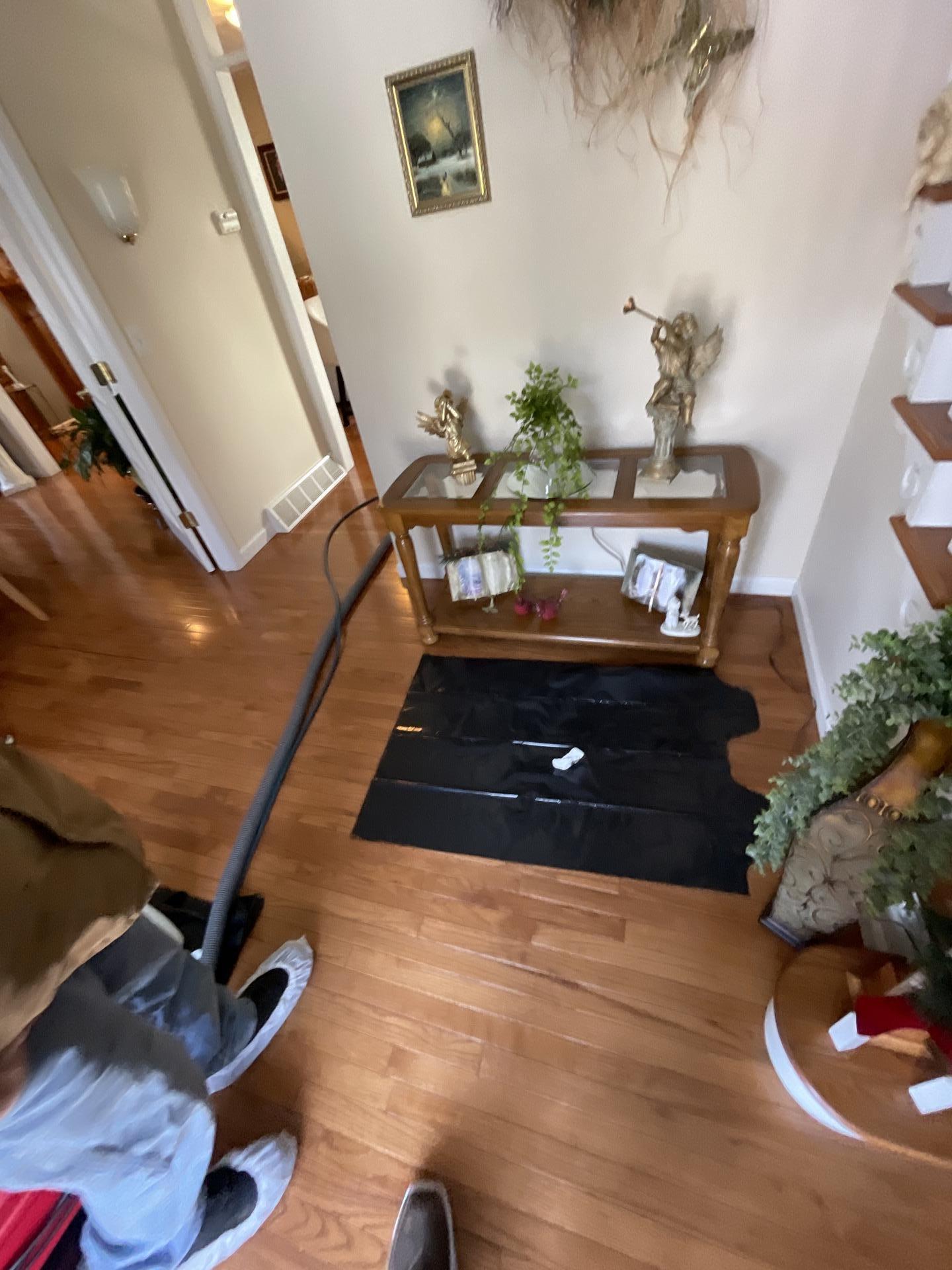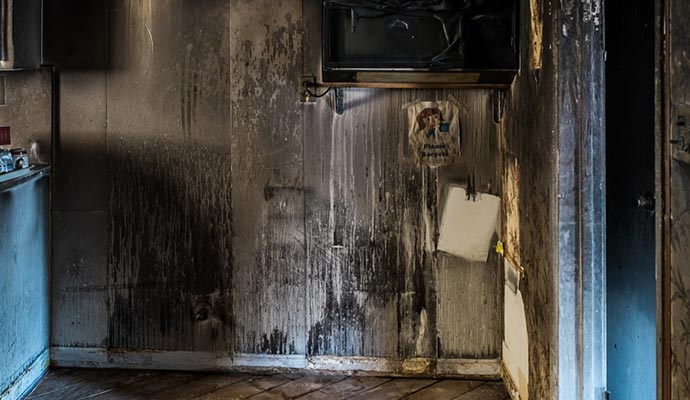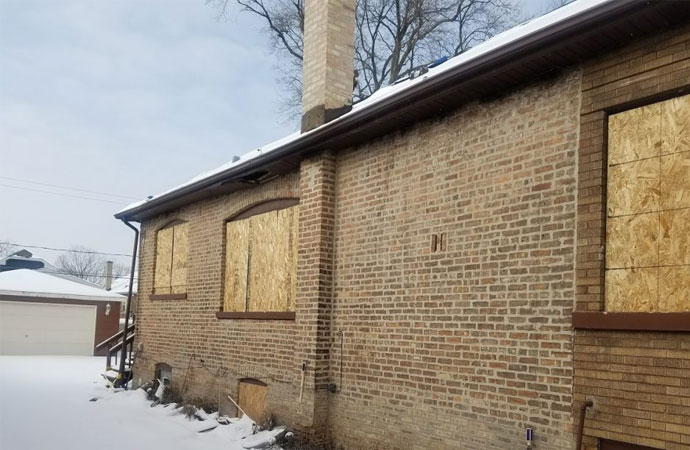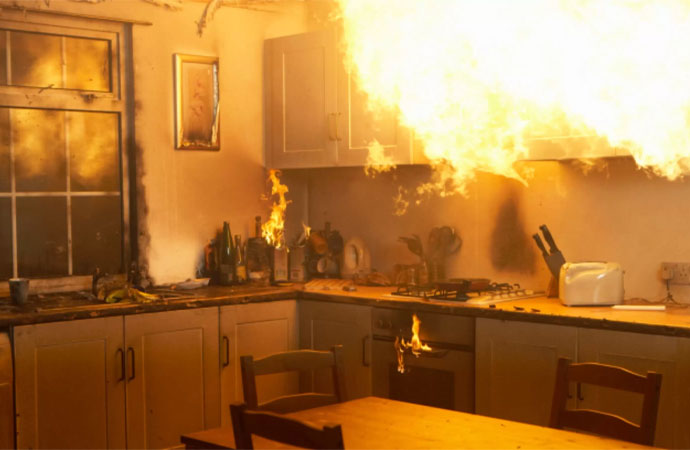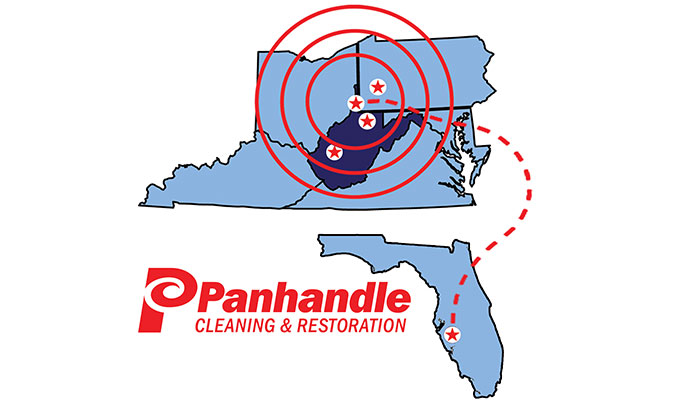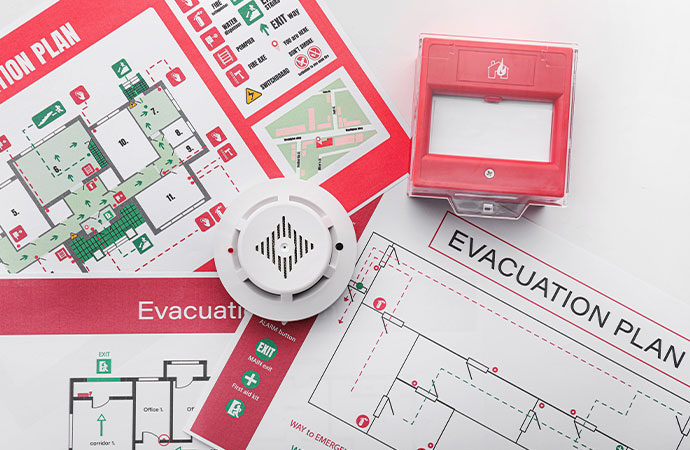
What to Include
You want the evacuation plan to be as clear and efficient as possible. As you create the plan, be sure to work with teachers and other faculty members—they will have worked in classrooms and other settings in the school, and they may be able to foresee feasibility issues or other concerns that you may not think about. You may also want to submit the plans to your local fire department to see if they have any suggestions for improvements.
Every fire evacuation plan should include these two things:
- Evacuation routes — Describe, in detail, the evacuation route from each room. There’s no way of knowing where a fire will start beforehand, so it’s important to plan at least two routes of escape from each room, including a primary route and a secondary route (in case the primary path is blocked.)
- A designated meeting place — Teachers and students should know exactly where to meet after they have evacuated. The meeting place should be a safe location away from the building. Once outside, teachers should call roll to make sure everyone made it outside safely.
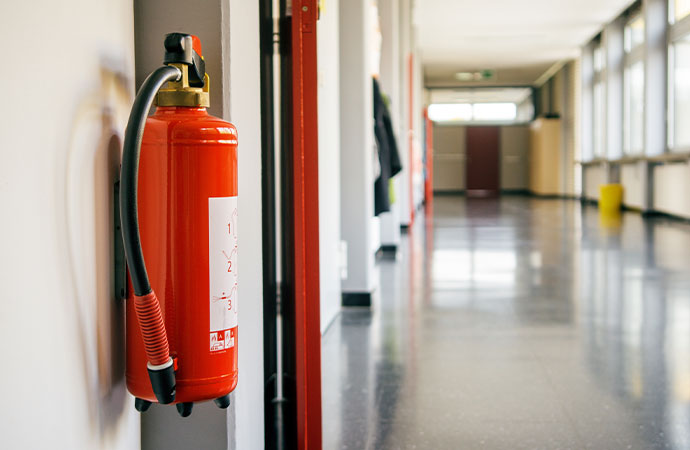
Implement the Plan
Once you’ve created a plan, you’ll want to do the following:
- Post maps of evacuation routes in every room in the school. Make them simple and uncluttered, so if there is an emergency, individuals will be able to quickly find the information they need to evacuate safely.
- Ensure that teachers and other faculty members are trained and have memorized the evacuation route for their classroom(s).
- Hold random, unannounced drills several times a year. This will help students and faculty members get in the habit of knowing exactly how to respond to the sound of the fire alarm.
A fire evacuation plan will help ensure the safety and security of your students. Though you’ll hopefully never have to use it, it’s always best to be prepared. If a fire does affect your school, call your fire recovery experts at Panhandle for a fast and effective restoration process.
Why Choose Panhandle Cleaning & Restoration?

